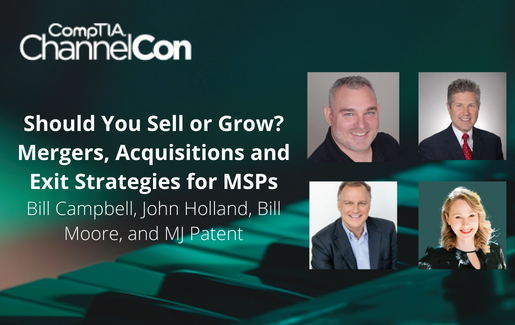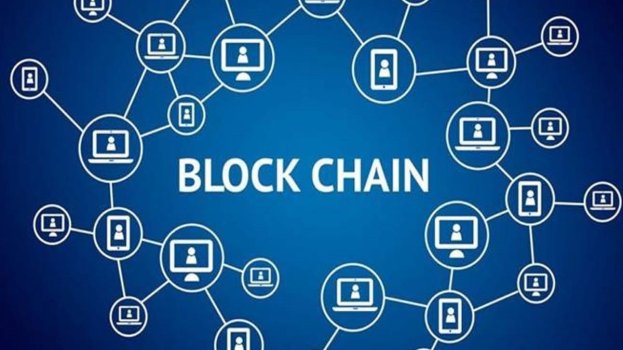Marketing Artificial Intelligence – A Nice Time Slice View Of AI In One Arena
- Technology Solutions
- 0 Replies
Marketing Artificial Intelligence, by Paul Roetzer & Mike Kaput, is a nice image of the state of artificial intelligence (AI) focused on marketing solutions. This is a good book to introduce marketing management to the state of AI applications aimed at them. I do mean the title reference to a brief slice of time.
The chapters are each focused on an area of marketing and how AI can help, then they are followed by a list of companies providing products in those areas. Note that in all new markets, not just AI, that means the list could be quite different in twelve months. Readers should understand the market is evolving. This book will be good through 2022 and most of 2023, but realize this should be a starting point and everyone should do their own investigation as to the current state of solutions for their needs.
The first few chapters, as with all good business books, are an introduction to the high level concepts. The end of chapter three has a good set of initial questions, but “Will AI improve what you do?” should be at the very top of the list. It is a thread that runs through the book, but that should be more prominent.
The next chapter is a bit humorous. Everyone in marketing should have hear about the classic Four P’s: product, price, promotion, place. The authors want to focus on their consulting, so they’ve borrowed and changed to create Five P’s for AI, resulting in planning, production, personalization, promotion, performance. This is cute but problematic. What they describe is useful, but it isn’t limited to AI. This is not significantly different than for any marketing program. People tend to forget that AI is a tool. It’s not unique and it’s not a panacea.
In chapter six, they describe predictive and prescriptive analytics as something AI, but it’s not. Business intelligence (BI) has been doing that for decades. In many areas, AI can add more value, especially for identifying relationships in larger datasets. Again, though, AI is a step forward, not a giant leap.
Continue reading: https://www.forbes.com/sites/davidteich/2022/08/16/marketing-artificial-intelligence--a-nice-time-slice-view-of-ai-in-one-arena/?sh=23ecaa3846f2
The chapters are each focused on an area of marketing and how AI can help, then they are followed by a list of companies providing products in those areas. Note that in all new markets, not just AI, that means the list could be quite different in twelve months. Readers should understand the market is evolving. This book will be good through 2022 and most of 2023, but realize this should be a starting point and everyone should do their own investigation as to the current state of solutions for their needs.
The first few chapters, as with all good business books, are an introduction to the high level concepts. The end of chapter three has a good set of initial questions, but “Will AI improve what you do?” should be at the very top of the list. It is a thread that runs through the book, but that should be more prominent.
The next chapter is a bit humorous. Everyone in marketing should have hear about the classic Four P’s: product, price, promotion, place. The authors want to focus on their consulting, so they’ve borrowed and changed to create Five P’s for AI, resulting in planning, production, personalization, promotion, performance. This is cute but problematic. What they describe is useful, but it isn’t limited to AI. This is not significantly different than for any marketing program. People tend to forget that AI is a tool. It’s not unique and it’s not a panacea.
In chapter six, they describe predictive and prescriptive analytics as something AI, but it’s not. Business intelligence (BI) has been doing that for decades. In many areas, AI can add more value, especially for identifying relationships in larger datasets. Again, though, AI is a step forward, not a giant leap.
Continue reading: https://www.forbes.com/sites/davidteich/2022/08/16/marketing-artificial-intelligence--a-nice-time-slice-view-of-ai-in-one-arena/?sh=23ecaa3846f2
























